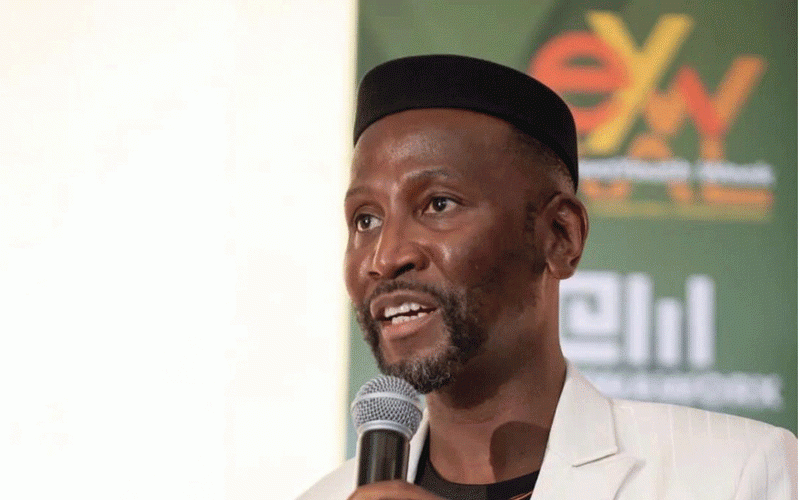
VISUAL art teacher Garikai Musabaeka explores different themes with paintings that highlight social issues affecting people in the global village.
His painting titled Human Trafficking (pictured), done on mixed mediums, impacted and awakened civilisations on the need to make careful consideration when planning to settle in another country.
Musabaeka accepts as true that there is no objective history and challenges journalists to compile accurate accounts on told stories about the arts.
He narrated that his piece Human Trafficking highlighted the ills of human trafficking and also sought to expose perpetrators, who are usually behind the scenes.
The work is visually provocative as it seeks to speak to authorities provoking them to act.
“The Bank Heist is another painting that almost predicts what is currently prevailing in our country and cities,” Musabaeka said.
“It was done in 2017, but the message resonates more with the current situation than then. The Bank Heist was done on a 60 by 40 canvas. It addresses corruption in our society.”
He added: “On African Dancers, I used bright colours that depict happiness, joy and a sense of optimism. It is a typical African narrative with distorted forms that present it as a truly African masterpiece, but speaking to mostly women in the contemporary age.”
Musabaeka admits that his images were well received in galleries and by his collueages at school.
“I painted the Bank Heist and Human Trafficking while I was in college and it was so powerful that everyone talked about it. Discussions about Human Trafficking trended for some weeks and people had their own interpretations. It was quite interesting to realise that art is a medium which speaks about social issues and can be powerful in creating a buzz at an institution,” he said.
“Which brings me to the issue of city budgets or basically the support that needs to be channelled towards the arts. I haven’t looked much into the city budgets, but, however, I feel that there should be a mechanism that allows councils to fund the arts as a strategic way of promoting tourism through art, which in turn will grow the GDP of our cities.”
Classification of art denotes the division of history into periods and art historians have imposed order on the flux of time by such traditional periodisations as Medieval, Renaissance, Baroque, Romantic, and modern for Western Classical Art.
Musabaeka observed that Zimbabwe has a long tradition of creative works like sculpture, music, drawing, painting and many more which dates back to the ancient Shona civilisation.
Sculptures dominate all visible art forms and there is need to classify art in order to come up with a better understanding.
“Zim art, since McEwen, has not created a definitive movement. Journalists and other stakeholders need to do more to bring Zimbabwean arts to its audience,” Musabaeka said.
“It starts with creating funding mechanisms that start from schools as a primary target for sustainable development in trying to create art lovers and consumers. Our art should first be embraced by its own people since it carries with it our culture and heritage.
“Without local buy-in, it will be impossible to create a movement in Zimbabwe. However, the problem is only in the visual art space. The music sector has benefited a lot from the 100% local content.”
Musabaeka said as an art educator, he faced challenges such as lack of stakeholder buy-in in the visual art space.
“Only determined people who push boundaries are the ones that succeed. The rest are just struggling despite producing excellent artworks,” the art tutor said.
“Recently, I learnt that the Art Gallery in Mutare is closing. So as an educator, I promote art in my own small way by encouraging learners to be foot soldiers in promoting their culture though art.
“Zimbabwe art has improved since McEwens time. However, because of the sanctions or the negative perception on Zimbabwe, art dealers and art lovers no longer flock to our country. However promoting art among locals is a more sustainable strategy.”








